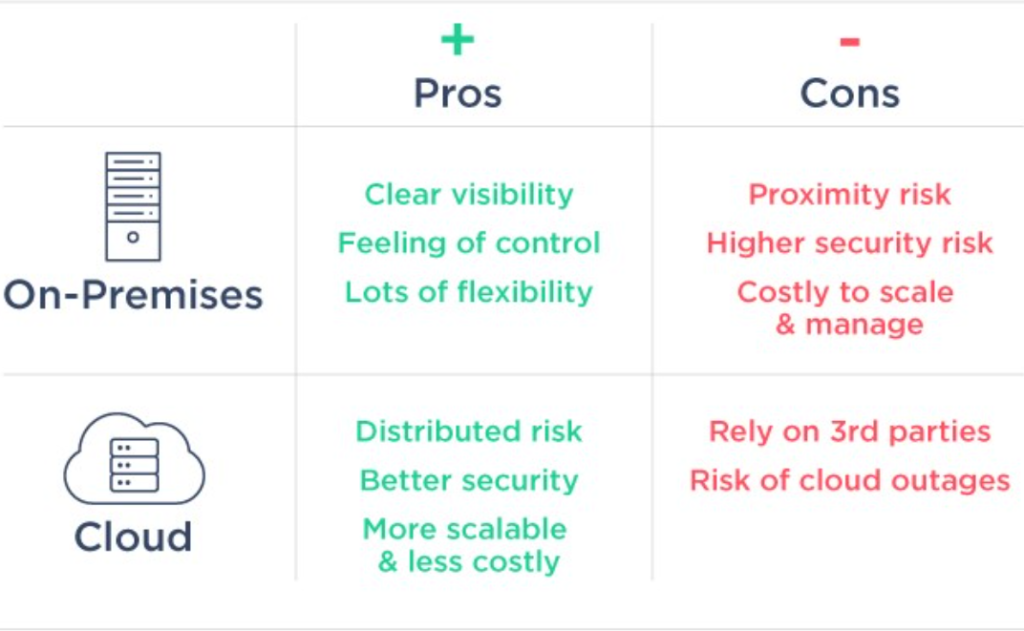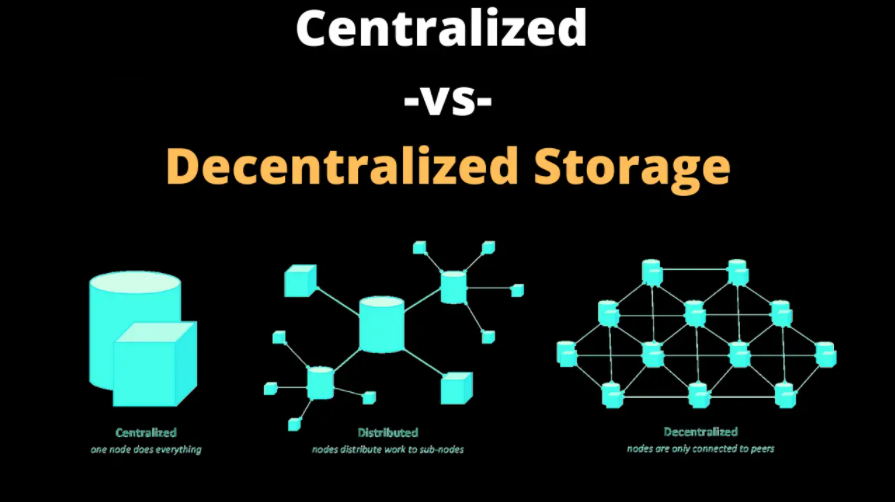In the previous Metis article, we explored the different NFT projects on Metis. Coupled with the launch of Metis’ NFT Bridge to bridge NFTs from Ethereum to Andromeda and vice versa, the NFT scene on Metis is clearly heating up.
🎉🔊 We're thrilled to announce our NFT Hub, our highly anticipated NFT Bridge!
— Metis (@MetisDAO) March 21, 2022
Starting today, NFT enthusiasts will be able to bridge NFTs back & forth from Ethereum and Metis. Users can now use the Metis NFT Bridge at https://t.co/WxkKTVMsJ0! 🎉https://t.co/zYXRYoNK5A
However, if you are familiar with the NFT scene on Ethereum, you are probably aware of OpenSea’s lack of decentralisation.
Huge bullshit Opensea delisting Artists from Cuba! WHY?! I gave this man the funds to start his collection to help feed his family. WTF @opensea pic.twitter.com/dTWW8GA9jg
— ODDMANOUTinc (@SKULLSCROWNS) March 27, 2022
Ostensibly, OpenSea does not adhere to the concept of decentralisation; NFT collections can simply be delisted without any form of community voting. As such, if you’re worried that you may inexplicably lose access to your digital assets, it is definitely understandable.
But fret not, as Metis plans to roll out a native data storage implementation that is truly decentralized in the near future!
In this article, I will first introduce the concept of decentralized storage. Subsequently, we shall explore the rationale behind Metis’ native storage solution and its potential implications on the ecosystem.
Motivation for decentralized storage
Compared to on-premise or traditional web servers, cloud services are more scalable and accessible with higher performance. Coupled with the catalyst engendered by the Covid-19 pandemic, cloud computing and cloud storage have been increasingly adopted by enterprises.

However, the cloud storage industry presently is highly centralised and dominated by Big Tech. Amazon alone controls 45% of the cloud infrastructure market. Together with Microsoft, Google and Alibaba, these 4 companies own more than 70% of the cloud computing market.
Due to their dominance, these cloud service providers are accorded immense pricing power and market influence. On top of having the autonomy to decide who is allowed to use their services, they can also control what type of data is permitted. To make matters worse, these cloud service providers can also be weaponized politically.
Furthermore, centralised storage systems have central points of failure. If their services are interrupted, every organisation relying on them may fail to operate as intended, and in extreme cases, this includes mission-critical operations.
As such, it would be ideal to have a system where files can be stored without relying on large, centralised silos of data that undermine data privacy and accessibility.
How does decentralized storage work?
Decentralized storage, on the other hand, can address the aforementioned concerns.

Decentralized storage works by encrypting the entire file and breaking the encrypted data into tiny pieces and then distributing them to many different nodes across a decentralized network. As only a few encrypted pieces of the file are stored in each node, each node owner is unable to read and retrieve the entire file.
To incentivise users to host a node, financial incentives are typically awarded in the form of the network’s token. This attracts more people to participate in the peer-to-peer decentralized storage network by providing their own storage spaces. Intuitively, this renders the network even more decentralized.
Another implication of this is as such: Through the efficient use of underutilised storage space, storage capacity can potentially be higher. Thus, this results in lower storage costs compared to conventional cloud storage.
Moreover, multiple copies of the same data are generally stored in different nodes of the decentralized network. This opens up more possibilities and flexibility in data access routes, thereby minimising latency by circumventing network bottlenecks. This also eliminates the possibility of having a single point of failure.
Current applications
Due to its creation of a more efficient and secure web, free from corporate control, decentralized data storage networks are construed as a critical backbone to the wider Web3.0 infrastructure.
In keeping with the trend towards Web3.0, many ‘storage-as-a-service’ protocols gained widespread attention since 2021. Here are some examples of these projects:
- Filecoin
- Filecoin is a decentralized storage system built on top of Interplanetary File System (IPFS), a peer-to-peer protocol for storing and sharing data
- Users can rent unused hard drive space and currently, it has a total storage capacity of 15.6 Exbibytes (1 Exbibyte = 1 billion GB), and total data used so far is 40 Pebibytes (1 Pebibyte = 1 million GB)
- Arweave
- Arweave is a data storage blockchain protocol, enabling a permanent internet (the Permaweb) by creating a truly permanent data storage
- This permanence differs from Filecoin, where data is stored only for a set time
- Arweave gained prominence in 2H 2021, when Solana’s Metaplex started using Arweave to store NFTs
- Since then, Solana and other chains like Avalanche, Cosmos, Near and Polkadot are storing a backup of their entire blockchain ledger on Arweave.
Metis’ native storage
But instead of harnessing external storage solutions, Metis intends to build its own native storage solution. This data storage will integrate the codebase and principles from IPFS, similar to Filecoin.
Besides storing NFTs, recall that Metis is a Layer 2 that operates by means of Optimistic Rollups. As such, the native storage can also be harnessed to store rollup data and fraud-proof challenge processes. This implies that the execution of transactions will be more efficient, resulting in a significant reduction in transaction costs.
📣Storage Layer Update📣
— Metis (@MetisDAO) March 28, 2022
As you may have seen, our gas fees have been reduced progressively for months, and are currently under 0.003 Metis per transaction pic.twitter.com/rHLiX8gDYc
Thus, users can benefit from cheaper transactions, but the benefits don’t stop there. Protocols, particularly auto-compounders, will also benefit from paying lesser transaction fees at the backend. This cost-saving can then be passed on to users in the form of higher yields.
Metis is aiming to drop gas costs to 30 cents by the end of March
— Starstream (@starstreamfin) March 21, 2022
Starstream will be able to compound even more frequently, meaning even higher APY for vaults 🌠https://t.co/3bMA6drLQK pic.twitter.com/i66RfhOkvU
To encourage users to ‘commit’ their unused storage space, community members who do so will get incentives. This decentralises the data storage further, and also opens up more opportunities for Metis users to earn more rewards!
Conclusion
With a Metis-native data storage solution that is truly decentralized, this reduces the transaction finality and fees on Metis as mentioned earlier. But the more salient implication is Metis cutting its dependency on a third-party storage provider. This eliminates digital censorship that these external parties may impose. Data access will also be more reliable and users need not worry about losing access to their digital assets.
Overall, all these benefits will work hand-in-hand to create a truly decentralized economy, allowing Web2.0 businesses to have a smooth transition to the Web3.0 world.
Featured Image Credit: The Defiant
Also Read: Yield Farming On MetisDAO: Here’s How To Earn Yield On Your Idle $METIS
Was this article helpful for you? We also post bite-sized content related to crypto — from tips and tricks, to price updates, news and opinions on Instagram, and you can follow us here!



































